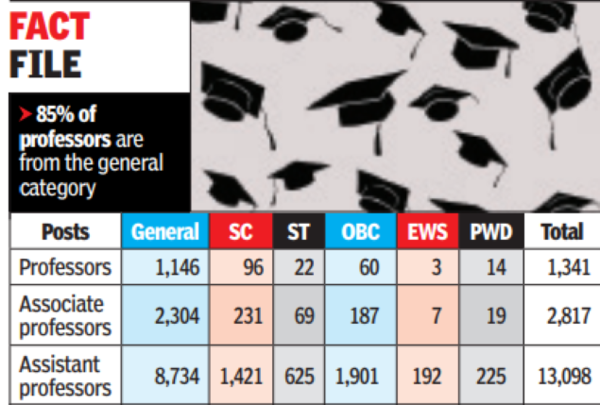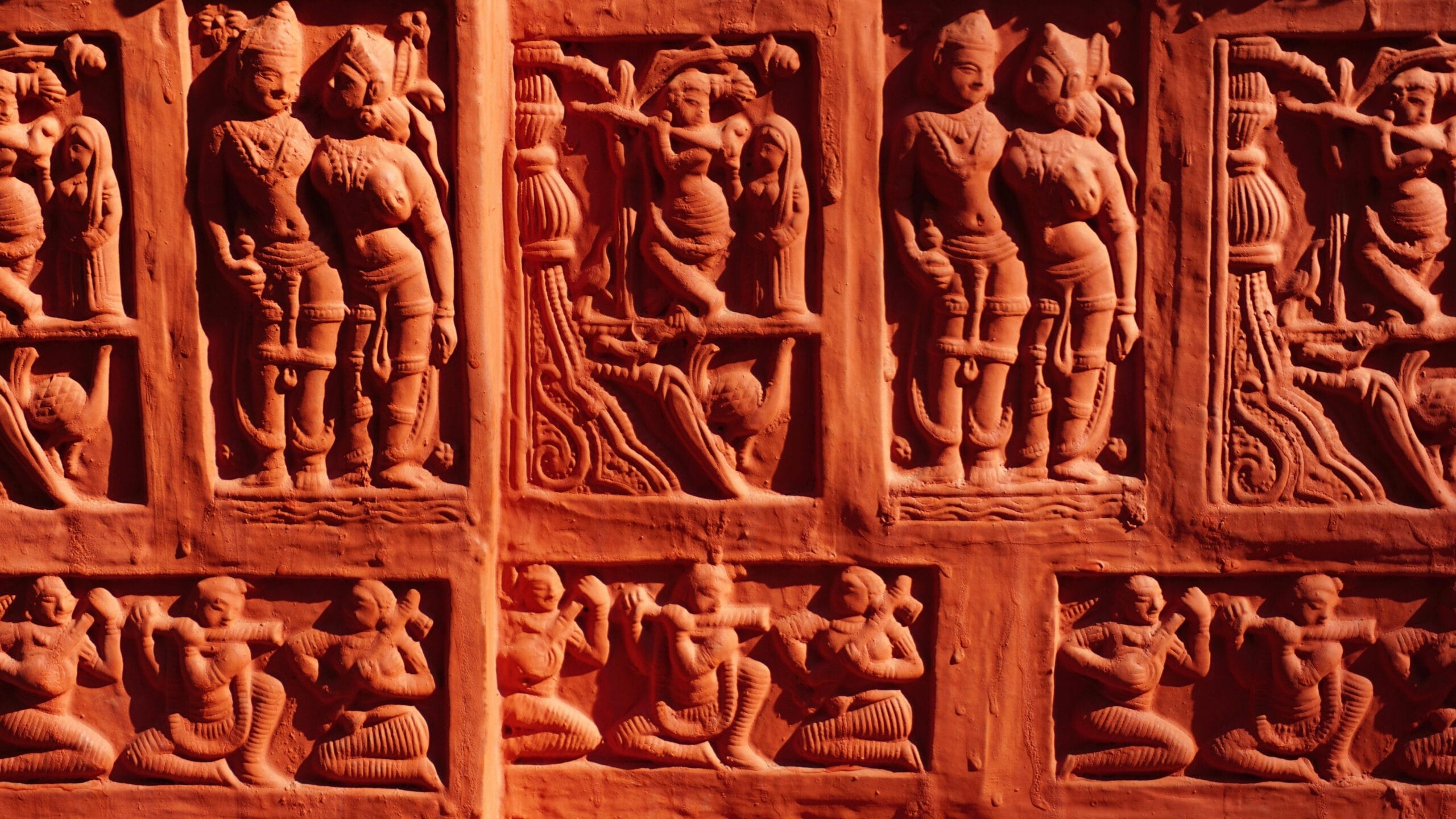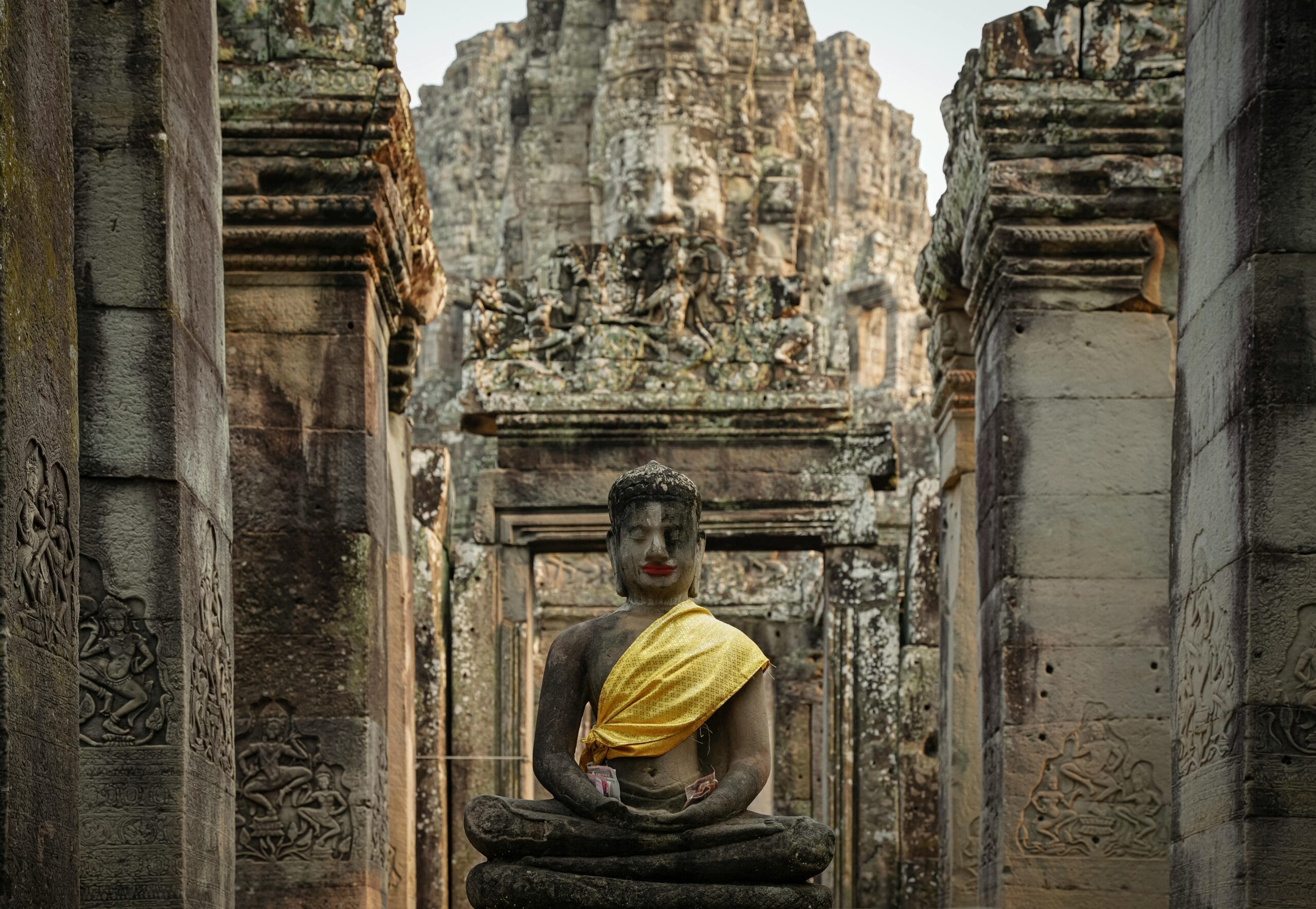EWS Quota: Critical Analysis of Supreme Court’s Decision & Impact
The Supreme Court decision upholding the Economically Weaker Sections (EWS) quota has sparked widespread debate across the nation. This article delves into a critical analysis of the EWS quota, examining its implications, potential pitfalls, and societal impact. We will explore the arguments for and against the decision, supported by data-driven insights and relevant citations. Understanding the EWS Quota impact is crucial for evaluating its effectiveness and fairness.
Table of Contents
- Introduction
- Understanding the EWS Quota
- The Supreme Court Verdict on EWS Quota: A Detailed Look
- Arguments in Favor of the EWS Quota
- Challenges and Concerns Regarding the EWS Quota
- Impact on Other Categories and the 50% Rule
- Data, Representation, and the Need for Caste Census
- Education and Employment: The Road Ahead
- Awakening the Bahujan Samaj
- Conclusion
Introduction
The Economically Weaker Sections (EWS) quota, a provision for reservation of jobs and educational opportunities for the economically disadvantaged, has been a subject of intense discussion. The Supreme Court’s recent verdict on the EWS quota necessitates a thorough examination of its socio-political and economic ramifications. This article aims to provide a balanced perspective on the issue, analyzing its potential benefits and drawbacks. What is the real EWS quota impact on Indian Society?
Understanding the EWS Quota
The government introduced the EWS quota through the 103rd Constitutional Amendment Act of 2019, reserving 10% of seats in government jobs and educational institutions for individuals from economically weaker sections. To be eligible, the annual family income should be below ₹8 lakh, and the beneficiary should not belong to any of the existing reserved categories (Scheduled Castes, Scheduled Tribes, and Other Backward Classes). The EWS quota aims to address economic disparities, but its effectiveness is a subject of ongoing debate.
Eligibility Criteria for EWS Quota
The EWS category is defined based on the following criteria:
- Annual family income below ₹8 lakh
- Not belonging to SC, ST, or OBC categories
- Family should not own more than 5 acres of agricultural land
- Residential flat area should be below 1000 sq ft
- Residential plot area should be below 100 sq yards in notified municipalities and 200 sq yards in areas other than notified municipalities
Objectives of the EWS Quota
The stated objectives of the EWS quota include:
- Addressing economic inequality and promoting social justice
- Providing opportunities to economically disadvantaged sections of society
- Uplifting the living standards of the poor
Constitutional Validity
The constitutional validity of the EWS quota has been a major point of contention. Critics argue that it violates the basic structure of the Constitution, which does not allow for reservation based solely on economic criteria.


The Supreme Court Verdict on EWS Quota: A Detailed Look
The Supreme Court, in a 3:2 majority verdict, upheld the constitutional validity of the EWS quota. While the majority of judges affirmed that economic backwardness could be a valid criterion for reservation, the dissenting judges raised concerns about its discriminatory nature and potential impact on social justice.

Justices in Favor of EWS Quota
The justices who favoured the EWS quota argued that it promotes equality and social justice by providing opportunities to economically weaker sections. They also stated that the 50% ceiling on reservations is flexible and can be relaxed in certain circumstances.

Dissenting Voices against EWS Quota
The dissenting justices expressed concerns about the exclusion of SC, ST, and OBC categories from the EWS quota, terming it discriminatory and violative of the principles of social justice. They also questioned the rationale behind the ₹8 lakh income limit, arguing that it is too high and could benefit relatively affluent individuals.

Implications of the Verdict on EWS Quota
The Supreme Court’s verdict has far-reaching implications for Indian society. It has opened up new avenues for reservation based on economic criteria and has reignited the debate on the scope and limitations of affirmative action. The long-term EWS quota impact remains to be seen.
Arguments in Favor of the EWS Quota
Proponents of the EWS quota highlight several arguments in its favor:
Addressing Economic Inequality
The EWS quota is seen as a tool to address the pervasive economic inequality in India. By providing reservation to economically weaker sections, it aims to uplift their living standards and provide them with opportunities for social mobility. India’s Gini coefficient, a measure of income inequality, stands at 33, indicating a significant disparity in income distribution.
Promoting Social Justice
The EWS quota is also viewed as a measure to promote social justice by ensuring that economically disadvantaged individuals have access to education and employment opportunities.
Expanding the Scope of Reservation
The EWS quota expands the scope of reservation beyond caste and provides a separate category for economically weaker sections. This is seen as a progressive step towards a more inclusive and equitable society.
Challenges and Concerns Regarding the EWS Quota
Despite the arguments in its favour, the EWS quota faces several challenges and concerns:
Exclusion of Existing Reserved Categories from EWS Quota
Critics argue that the exclusion of SC, ST, and OBC categories from the EWS quota is discriminatory and perpetuates social injustice. These categories already face significant social and economic disadvantages, and excluding them from the EWS quota further marginalizes them.

The ₹8 Lakh Income Limit for EWS Quota
The ₹8 lakh income limit for EWS eligibility has been widely criticized as being too high. Critics argue that it could benefit relatively affluent individuals and dilute the benefits intended for the truly needy. According to the Periodic Labour Force Survey (PLFS) 2020-21, the average annual income of an Indian household is around ₹1.5 lakh, making the ₹8 lakh limit significantly higher. Only 2.3% of people in India earn more than 8 Lakhs per annum.

Implementation Challenges
The implementation of the EWS quota also faces several challenges, including the difficulty in verifying income and asset criteria, the potential for fraud and misuse, and the lack of awareness among the target beneficiaries. There’s an increasing number of fraudulent income certificates to avail benefits.
Impact on Other Categories and the 50% Rule
The introduction of the EWS quota has raised concerns about its potential impact on other reserved categories and the 50% ceiling on reservations.
Impact on SC, ST, and OBC Categories
The EWS quota could potentially reduce the share of seats available for SC, ST, and OBC categories, especially in states where the existing reservation quota is already close to or above the 50% ceiling.
The 50% Ceiling
The Supreme Court’s decision to relax the 50% ceiling on reservations has opened up the possibility of further increasing the overall reservation quota. This could lead to a situation where a significant portion of seats are reserved, potentially affecting the opportunities available for the unreserved category.
Data on representation
As of data from central universities shows assistant professors general category is almost double of SC,ST and OBC combined.

Data, Representation, and the Need for Caste Census
The debate surrounding the EWS quota has also highlighted the need for accurate data on caste and economic status. A comprehensive caste census is essential to understand the true extent of social and economic inequality in India and to ensure that reservation policies are targeted effectively. This section connects the data analysis of representation to the necessity of a caste census for informed policy-making.
The Importance of Caste Census
A caste census can provide valuable data on the socio-economic conditions of different caste groups, which can be used to inform policy decisions and ensure that reservation policies are aligned with the ground realities. However, the caste census is controversial due to concerns that it might reinforce caste identities.
Data on Representation in Higher Education
Data from central universities reveals a significant disparity in the representation of different caste groups in higher education. While General category students are overrepresented, SC, ST, and OBC students are significantly underrepresented. For example, General category assistant professors are almost double the combined number of SC, ST, and OBC professors.

Data on income inequality
Data from multiple sources, such as the National Sample Survey Office (NSSO) and the World Inequality Database (WID), consistently show that income inequality is higher among the upper castes compared to the lower castes. This suggests that economic criteria alone may not be sufficient to identify the most deserving beneficiaries of reservation policies.

Education and Employment: The Road Ahead
To ensure that the EWS quota achieves its intended objectives, it is essential to focus on improving the quality of education and employment opportunities for all sections of society.
Improving Access to Quality Education
The government should invest in improving the infrastructure and quality of education in government schools and colleges. This will ensure that students from disadvantaged backgrounds have access to quality education and can compete effectively for jobs and higher education opportunities.
Creating Employment Opportunities
The government should also focus on creating employment opportunities in both the public and private sectors. This can be achieved through various initiatives, such as promoting entrepreneurship, skill development programs, and job creation schemes.
Addressing Discrimination and Promoting Inclusion
It is also important to address discrimination and promote inclusion in all spheres of life. This can be achieved through awareness campaigns, sensitisation programs, and strict enforcement of anti-discrimination laws.
Awakening the Bahujan Samaj
The current socio-political landscape necessitates a renewed focus on empowering the Bahujan Samaj (SC, ST, and OBC communities). It is essential to raise awareness about their rights and encourage them to actively participate in the political process.
Promoting Education and Awareness
Education and awareness are key to empowering the Bahujan Samaj. It is important to promote education among these communities and to raise awareness about their rights and entitlements.
Encouraging Political Participation
The Bahujan Samaj should be encouraged to actively participate in the political process and to demand representation in all spheres of decision-making. The political parties must include members of these groups in high positions.
Combating Discrimination and Promoting Social Justice
It is essential to combat discrimination and promote social justice for the Bahujan Samaj. This can be achieved through various initiatives, such as advocacy, legal aid, and awareness campaigns.
Conclusion
The Supreme Court’s decision on the EWS quota has opened up a new chapter in the debate on reservation and social justice in India. While the quota aims to address economic inequality and promote social mobility, it also faces several challenges and concerns. To ensure that the EWS quota achieves its intended objectives, it is essential to address these challenges and to focus on improving the quality of education and employment opportunities for all sections of society.
Ultimately, the EWS quota impact will depend on its implementation and the broader socio-political context. It is time for the Bahujan Samaj to awaken and assert their rights. By promoting education, encouraging political participation, and combating discrimination, they can pave the way for a more just and equitable society. Share this article to raise awareness about the EWS quota and its implications, and contribute to the conversation on building a fairer society.
Disclaimer:
This article presents a critical perspective on the EWS quota and aims to provide factual information and analysis. The views expressed herein are not intended to promote any particular ideology or political agenda. We do not support any form of discrimination.
- EWS: Economically Weaker Sections, referring to individuals from economically disadvantaged backgrounds who are not covered under existing reservation categories.
- SC: Scheduled Castes, referring to groups historically subjected to social discrimination and marginalization.
- ST: Scheduled Tribes, referring to indigenous communities with distinct cultural identities and historical disadvantages.
- OBC: Other Backward Classes, referring to groups identified as socially and educationally disadvantaged.
- Bahujan Samaj: A collective term used to refer to SC, ST, and OBC communities, representing the majority of India’s population.
- Savarna: Referring to upper castes in the Indian social hierarchy.
- Reservation: A form of affirmative action in India, providing quotas for certain groups in government jobs, educational institutions, and other areas to address historical inequalities.
- General Category: The unreserved category, comprising individuals who do not belong to any of the reserved categories (SC, ST, OBC, EWS).
Read more about Court Judgements and their impact on Bahujan.
Caste System in India: Court Judgements & Impact.
Dr. Ambedkar’s Labor Legacy: New Codes & Workers’ Rights
Introduction: The Unseen Battle for Workers’ Rights In a nation where industrial progress often overshadows…
Microsoft’s Majorana 1: Topological Quantum Leap
Microsoft has unveiled the Majorana 1 chip, a groundbreaking development in the quest for quantum…
Adivasi History & Struggle for Justice in India
Unveiling the Truth About Adivasis Every year, August 9th is globally recognized as International Day…
Revolutionizing Nuclear Energy:Thorium Molten Salt Reactors
The word ‘uranium’ often conjures images of catastrophic potential – from the long-lived radioactive waste…
Caste Denial: How Manusmriti Ideology Distorts History
The Global Spread of Manuvadi Ideology: A Threat to Equality In an increasingly interconnected world,…
Mahabharata: History, Lineages, and the Truth of ‘Niyoga’
Unraveling the Mahabharata: Myth vs. Historical Claims The epic tales of the Mahabharata have long…
Do you disagree with this article? If you have strong evidence to back up your claims, we invite you to join our live debates every Sunday, Tuesday, and Thursday on YouTube. Let’s engage in a respectful, evidence-based discussion to uncover the truth. Watch the latest debate on this topic below and share your perspective!







[…] Read more about the EWS Scam in India. […]